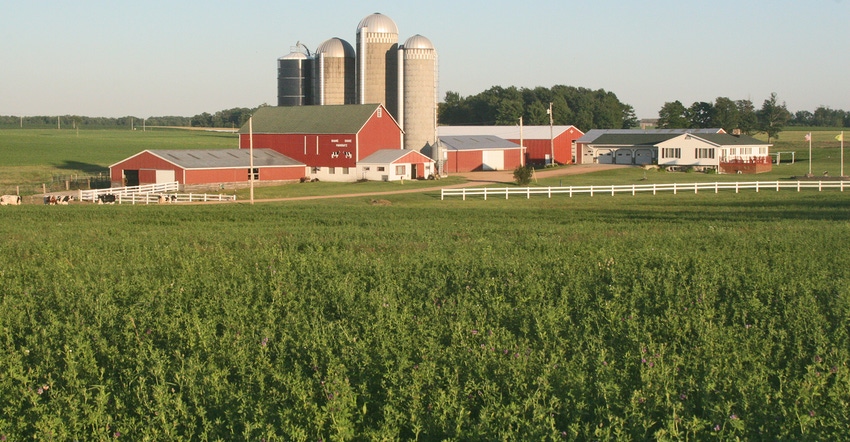May 24, 2017

By Zen Miller
In the last few years, a shift in milk procurement and marketing has taken place in Wisconsin. Not too many years ago, a dairy farmer could decide to change plants for a variety of reasons. Within a few days, three or four other processing plants or cooperatives would stop by and provide a price comparison to try and develop a marketing relationship and procure the farmer’s milk.
Farmers could change as they felt a need, and plants were eager to buy new production to fill their processing capacity. That was the perception, if not the reality, and the dairy industry in Wisconsin functioned under that paradigm. Dairy farmers seemed to have the upper hand and confidence that there was always a home for their milk.
Now a shift of balance has put a shock wave in the system. During the spring flush, a change in a couple of processing markets left dairy farmers wondering who would buy their milk.
How can this happen?
What can dairy farmers do to ensure they have a place for their milk to go in a tight market? Let’s look at the history of dairy farming and then the current situation we have in the Upper Midwest. History paints a very successful picture of increased production, both per cow and for the industry as a whole.
Brian Gould, Extension dairy economist, provides the following data. Compared to the number of dairy farms in 1970, there were only 7.6% of the number of dairy farms in 2016, production per cow increased 230%, total milk production increased 178%, and the U.S. herd size decreased by 23%.
The U.S. dairy industry has become very good at producing a lot of high-quality milk per cow on fewer farms with less land and a smaller carbon footprint. This year we have had lots of milk early in the spring flush, with limited excess processing capacity and a growing inventory of cheese.
Recently, Michigan, with its dramatic increase in milk production combined with processing capacity that has not kept pace, has generated distressed milk that is being shipped to Wisconsin with a $4 to $5 per cwt discount.
Preferred patron
What can a dairy farmer do to assure market access? Being a preferred patron would be my first suggestion. A dairy farmer who ships low somatic cell count milk that is cooled quickly, with low bacteria or plate counts, at a volume that encourages the truck driver to pick up as he or she backs down an easy-to-access milk house or semitrailer port will encourage a long relationship of trust and loyalty on both sides of the agreement.
A farmer who works with the plant or field representative to correct concerns and provides a clean and attractive farmstead will more likely build a strong relationship with the plant or cooperative. Currently, most milk is covered by the National Dairy FARM (Farmers Assuring Responsible Management) program, and compliance with a good attitude, when requested by the processor, makes the assessment pleasant and improves animal care and well-being.
The days of having a relationship between a producer and a milk plant secured by a handshake is a source of risk. To protect yourself, a formal delivery/pickup contract may become the industry standard. Such a contract provides a level of security for the farm, knowing there is a home for its milk.
Miller is the Outagamie County Extension dairy and livestock agent.
You May Also Like




